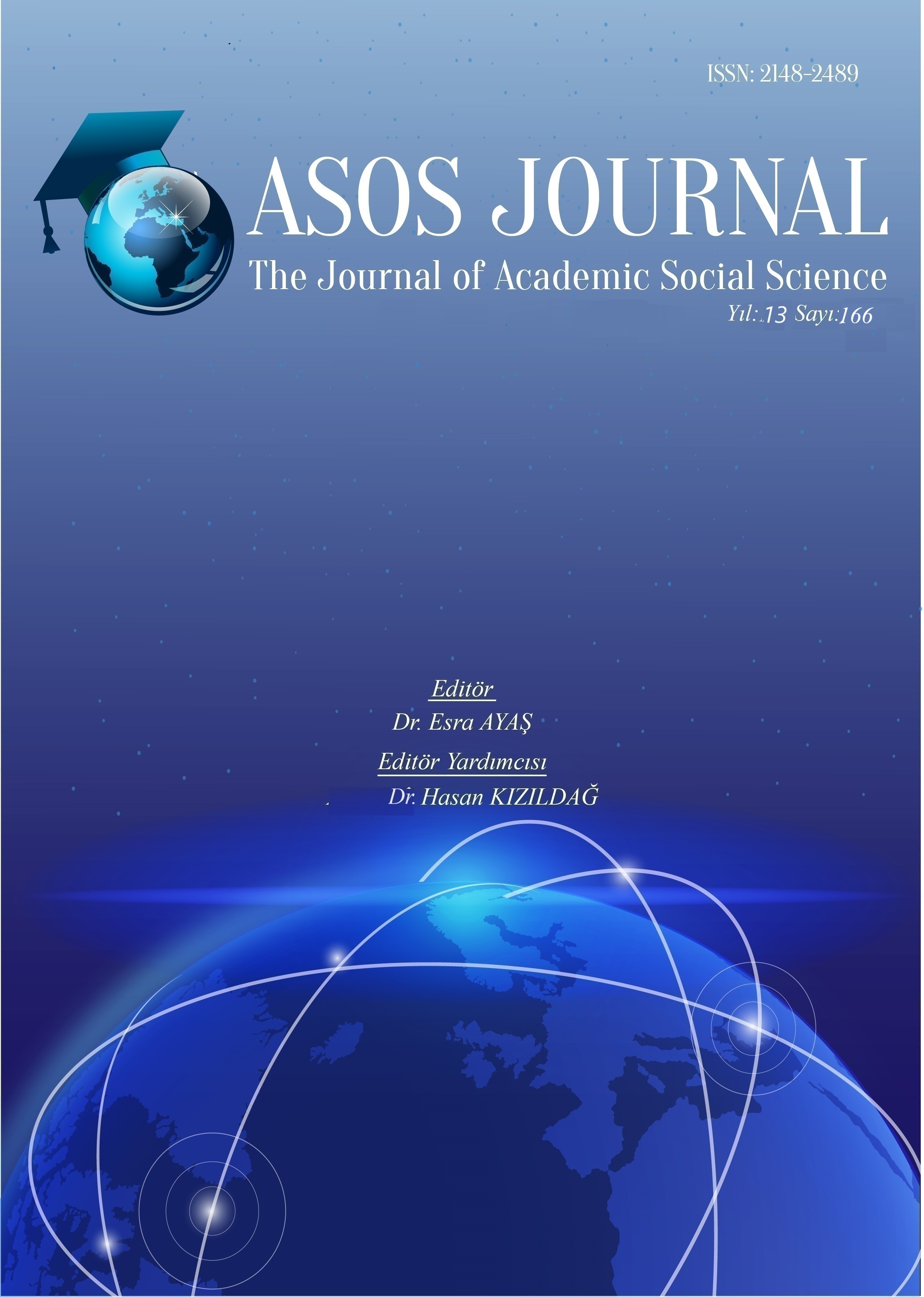Author :
Abstract
Bu araştırma, ezgi yapılarının ezgi tekrarına etkisine yönelik öğrenci görüşlerini belirlemeyi amaçlamaktadır. Çalışma, müzik eğitimi alan lisans öğrencilerinin özel yetenek sınavlarında sıklıkla karşılaştıkları ezgi tekrarı sorularında karşılaştıkları güçlükleri anlamaya yönelik olarak tasarlanmıştır. Araştırmada nitel araştırma modellerinden durum çalışması yöntemi kullanılmış ve veri toplama aracı olarak açık uçlu görüşme formu ile anket kullanılmıştır. Veriler, içerik analizi yöntemiyle değerlendirilmiştir. Öğrenciler Gazi Üniversitesi ve Başkent Üniversitesi müzik eğitimi programlarında öğrenim gören toplam 50 öğrenciden oluşmaktadır. Araştırma bulguları, öğrencilerin büyük çoğunluğunun ezgilerin ton yapısı, ses aralığı, ölçü yapısı, tartım çeşitliliği ve 80 metronom hızındaki ezgi tekrarlarını olumlu değerlendirdiklerini göstermektedir. Bununla birlikte, 100 ve özellikle 120 metronom hızındaki ezgilerde öğrenciler arasında görüş ayrılıkları gözlemlenmiştir. Çalışmanın sonucunda öğrencilere performans değerlendirmeleri de yapılarak, ölçü yapısı ve uzunluğu, tonal algı, tartım çeşitliliği ve metronom hızı algısının pratikteki karşılığının incelenmesi önerilebilir.
Keywords
Abstract
This study aims to determine student views on the effect of melody structures on melody repetition. The study was designed to understand the difficulties encountered by undergraduate music education students in the melody repetition questions that they frequently encounter in special talent exams. Case study method, one of the qualitative research models, was used in the study and open-ended interview form and questionnaire were used as data collection tools. The data were analyzed by content analysis method. The students consisted of a total of 50 students studying at Gazi University and Başkent University music education programs. The findings of the study show that the majority of the students positively evaluated the tonal structure, pitch range, meter structure, scale variety and melody repetitions at 80 metronomes. However, there were differences of opinion among the students for the melodies at 100 and especially 120 metronome speed. As a result of the study, it can be suggested that students should also be given performance evaluations to examine their perception of meter structure and length, tonal perception, scale variety and metronome speed in practice.





